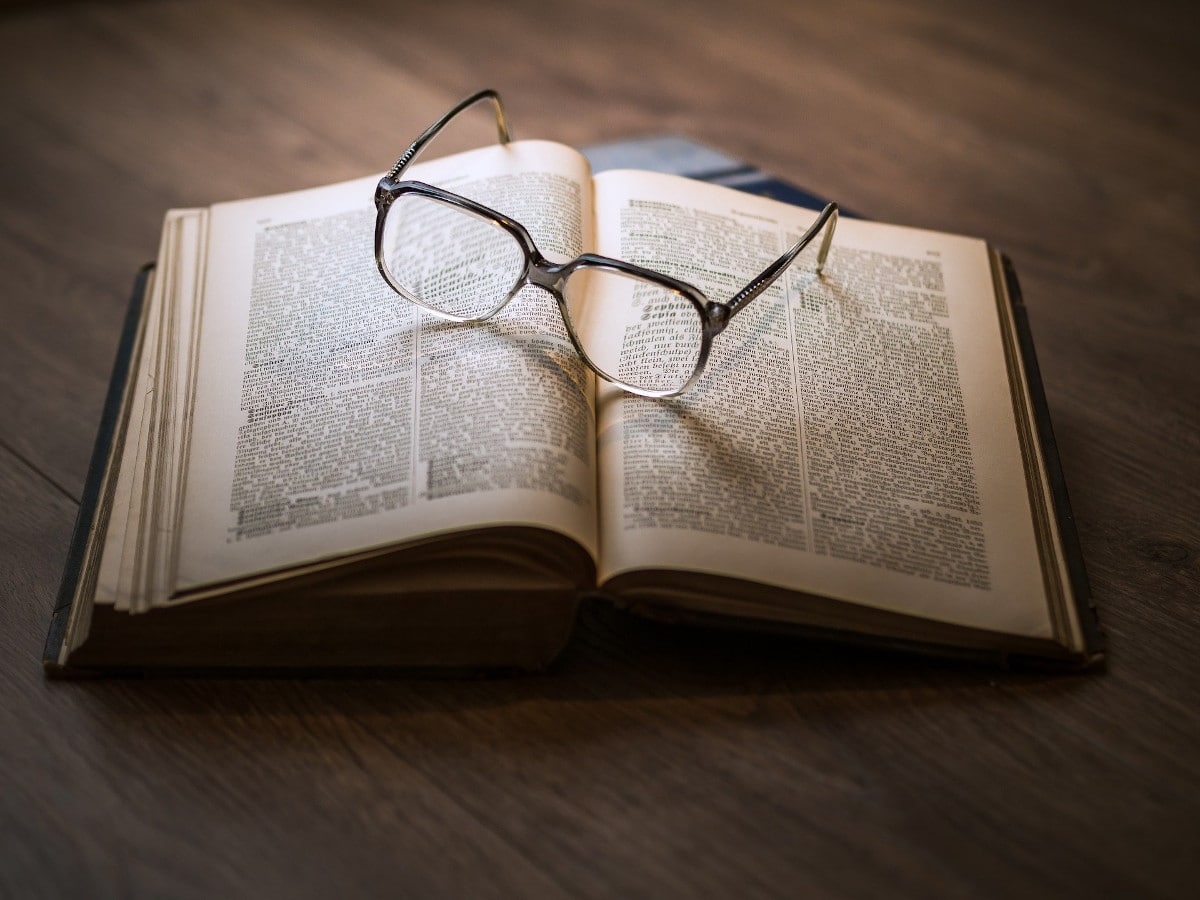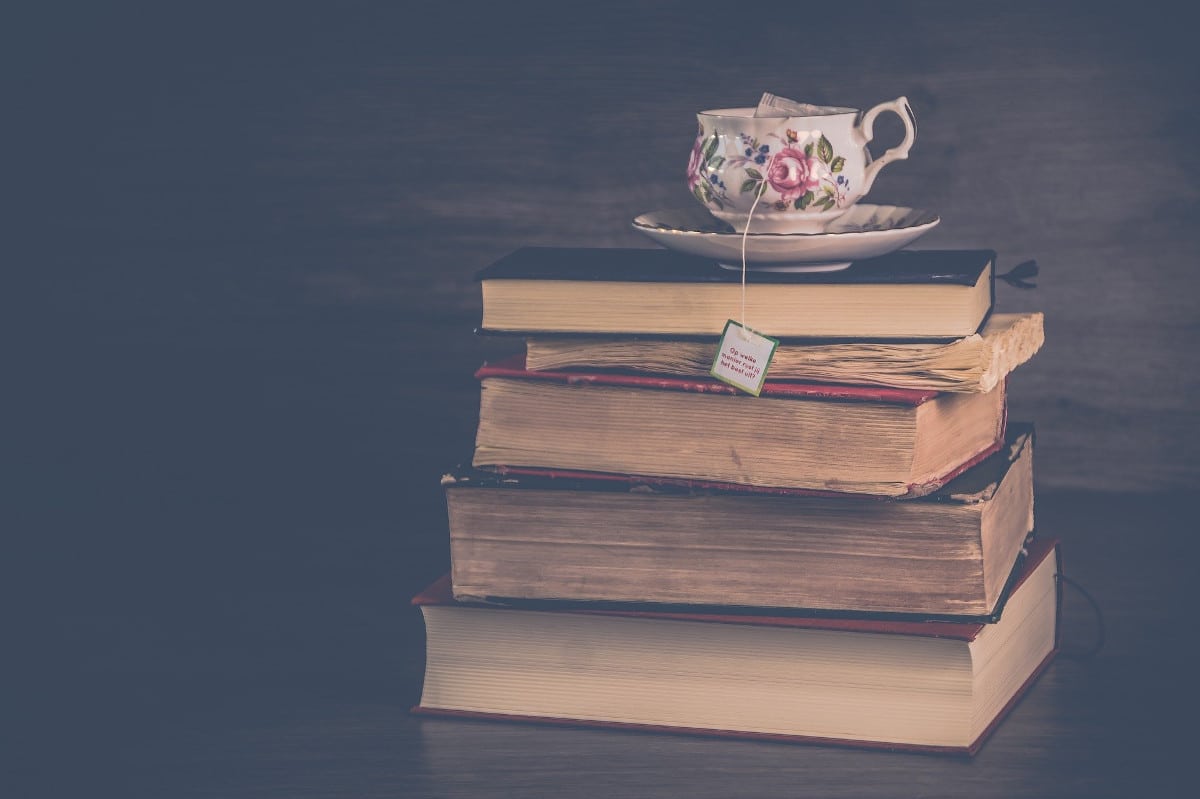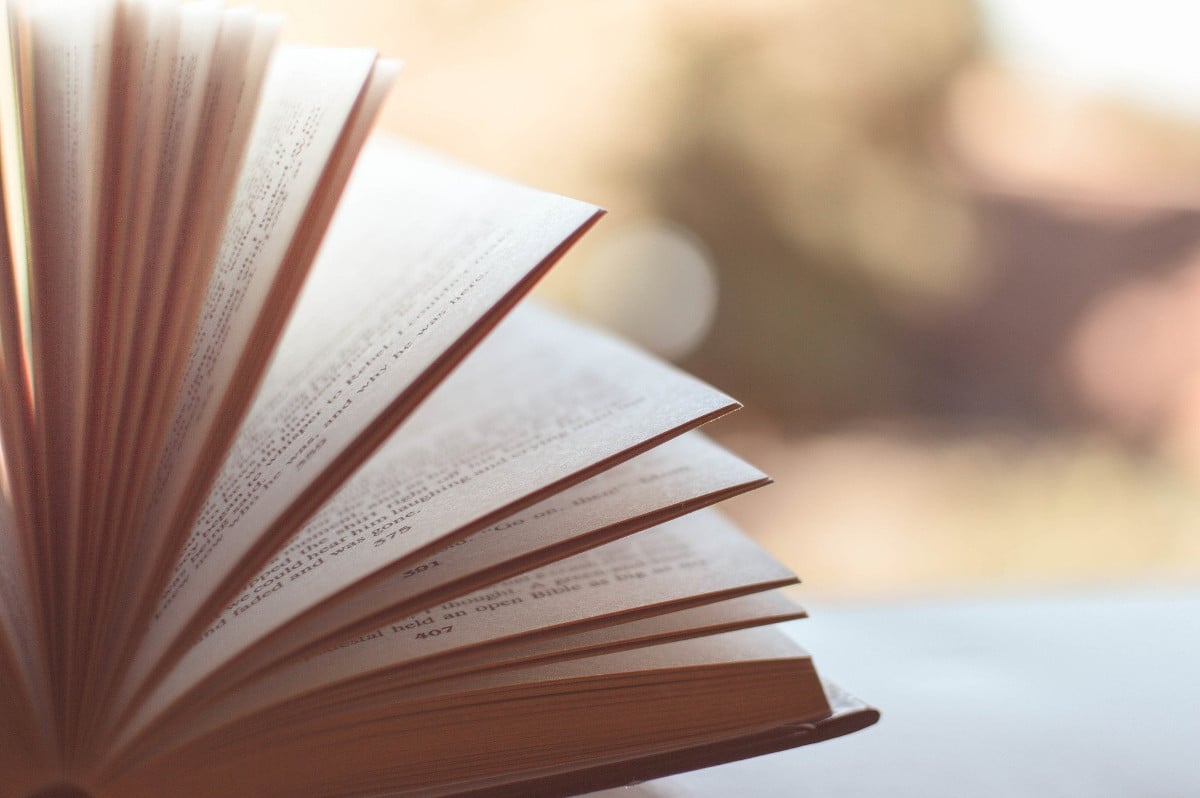
Have you ever heard of figures of speech? They are very common in poetry and in fact they are often used without realizing it, giving the texts a different beauty, beyond the image or feeling it offers. In fact, they are not just a tool for poetry, they can also be used in other literary genres.
But What are figures of speech? And how many are there? All this, and some examples to make it clear to you, is what we are going to discuss with you today so that you have no doubt about their concept or how to find them in the different literary texts.
What are figures of speech
Figures of speech, also called literary figures, are nothing more than tools or ways of using words. They are called like this because what these figures do is that the words acquire beauty, expressiveness, life… in other words, they seek that the words excite, surprise, scare… the reader or the listener who hears them.
Normally, it takes more than one word to achieve this, since it is the creation of phrases, or a combination of words that achieves this effect.
In addition, something that not many recognize is that, although rhetorical figures are closely related to poetry, reality is different. These can also be present in other genres, such as drama, essay or even narrative. Moreover, even in colloquial language you can find representations of literary figures, with expressions or turns.
But what are these figures? We talk about them below.

Types of figures of speech (and examples of them)
Currently, there are more than 250 different figures of speech, many of them today almost unknown to those who are not "scholars" of literature. For this reason, talking to you about all of them is very complicated, since we would tend to bore you. But we can comment on some of the most used and common figures in literature, whether poetic or narrative. And they are these:
Metaphor
The metaphor can be understood as a similarity that is made between two images, concepts, ideas, etc.
For example:
"His eyes are darkness." In this case, it indicates that the eye color is black, but he has not really used that word but another that poetically (or sonically) says the same but adds beauty to the text.

Simile or comparison
It is similar to the previous one, but actually different. It refers to making a relationship of two elements and to say in what they can be compared.
For example:
"It is cold as ice."
"It fell on him like an eagle on its prey."
In both cases, what is done is to compare an action, or a way of being, with something else that clearly gives us an example of what happens. This figure of speech allows the person to evoke that comparison and thereby experience those "feelings" by giving an example of how they should feel.
Rhetorical Figures: Personification
Personification is one of the most used figures of speech. And it is done because a concept or an objective is endowed with personality. For example:
"The car was complaining."
"The alarm screamed."
The gentle wind.
Actually nothing of what we have said can do that, but it is common to see it in texts, especially in narrative (in fantasy, for example, or in fiction).
Rhetorical figures: Hyperbaton
The hyperbaton is actually a rhetorical figure that alters the order of words. This is common in poetry, since that way it is easier to build a rhyme or even the meter. But we don't have to go to this to set an example. In fact, there is a certain character from Star Wars, Yoda, who changes the order of words, and who, without realizing it, shows us what a hyperbaton is.
Examples of this figure are as follows:
"If I remember correctly…". Instead of "If I remember correctly ...".
"I'm afraid that he will come back." Instead of "I'm afraid he's coming back."

Rhetorical Figures: Onomatopoeia
Onomatopoeia in figures of speech refers to the written representation of a sound. For example, when a dog barks, it goes "Wow", or when a button is "clicked". They are ways of making the person understand and also experience that same sound in their mind, and it is a widely used resource, especially in narrative.
Irony
Irony is something that we keep very much in mind, not only in literary texts, but also in our day-to-day lives, through our conversations. These are phrases that want to highlight the other person, but without insulting them, but using the usual words, a veil of anger is dropped on them.
For example:
"I was enjoying the afternoon while I waited for you to call me." In this case, it seeks to focus attention on the afternoon that was spent waiting for a call that never came and that, indirectly, made it boring.
Rhetorical Figures: Hyperbole
This figure refers to a exaggeration or exaggerated diminution of something. For example:
"I have asked your forgiveness a thousand times." When in fact that may not be the exact number that has.
"Up to the infinitive and beyond." It is an expression that is often used in romance (although the first reference to it may come from the movie "Toy Story") but really going beyond infinity is impossible.
Rhetorical figures: Anaphora
Anaphora is actually a repetition of certain words to give greater emphasis to the sentence or paragraph in which it is written.
For example:
He knows everything. He does everything right. He, always him.
Alliteration
It refers to a repetition, not of the words, as in the previous case, but of one sound or several similar ones. In this case, it is as if you are using words that carry the same syllables. For example:
"Infamous mob of nocturnal birds". As you can see, here tur is repeated, in mob and at night, and when it is read, the text is endowed with beauty and expressiveness.
Rhetorical Figures: Oxymoron
This figure, little known but widely used, is actually a way of generating a contradiction or an incoherence in a sentence.
For example:
"Less is more".
"Deafening silence."
"Silent screaming."
Finally, we leave you the listing of all the rhetorical figures that exist in the Spanish language.